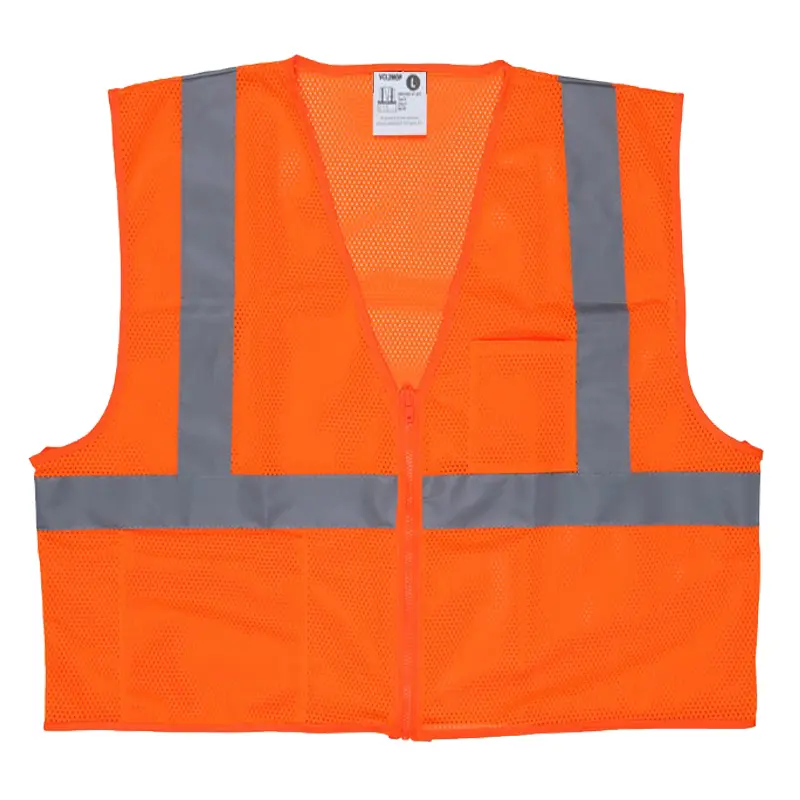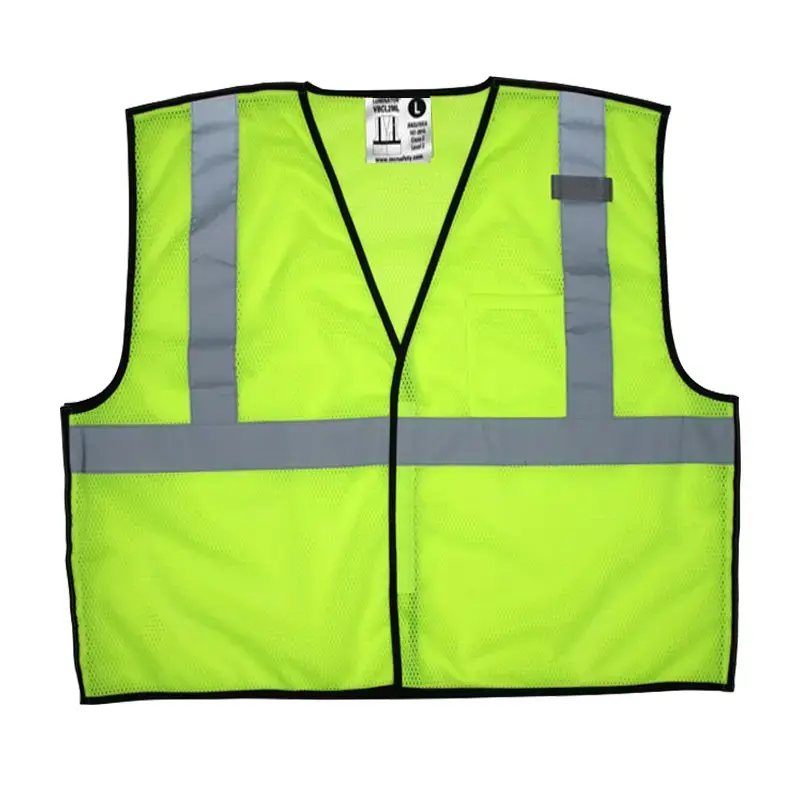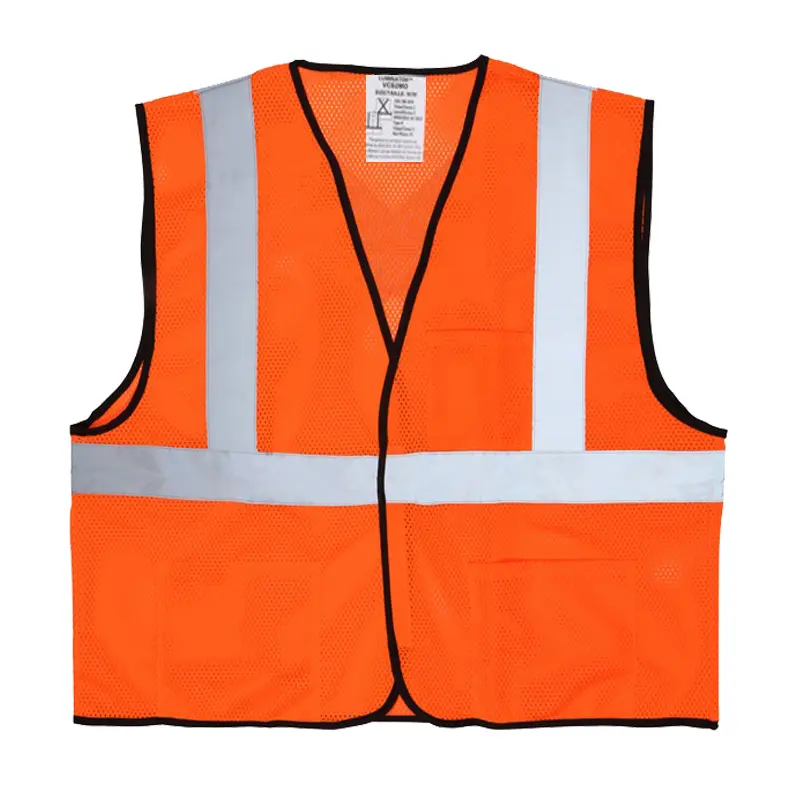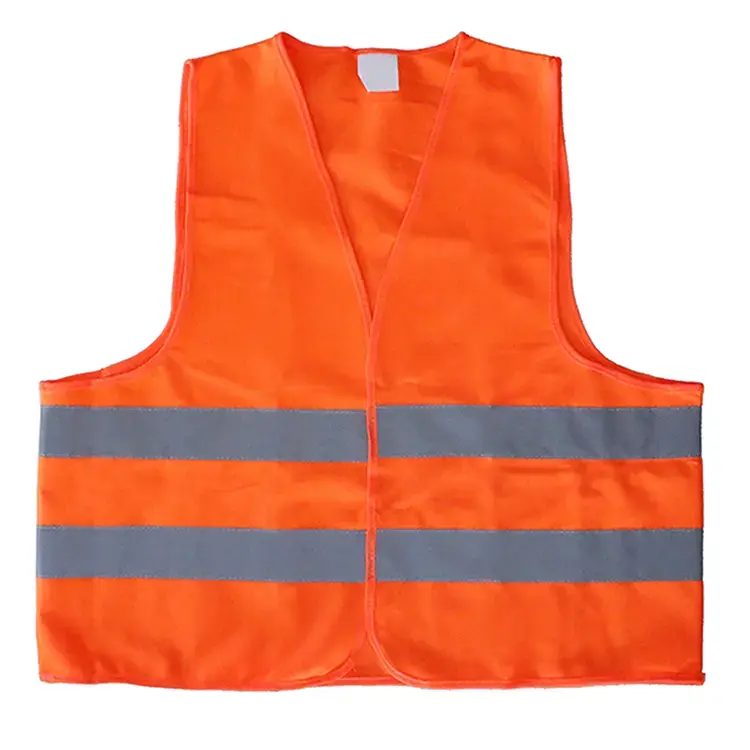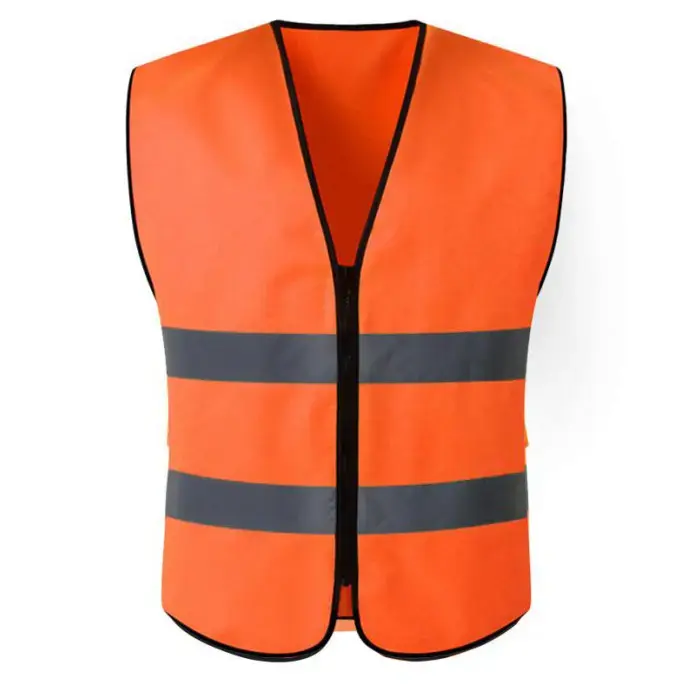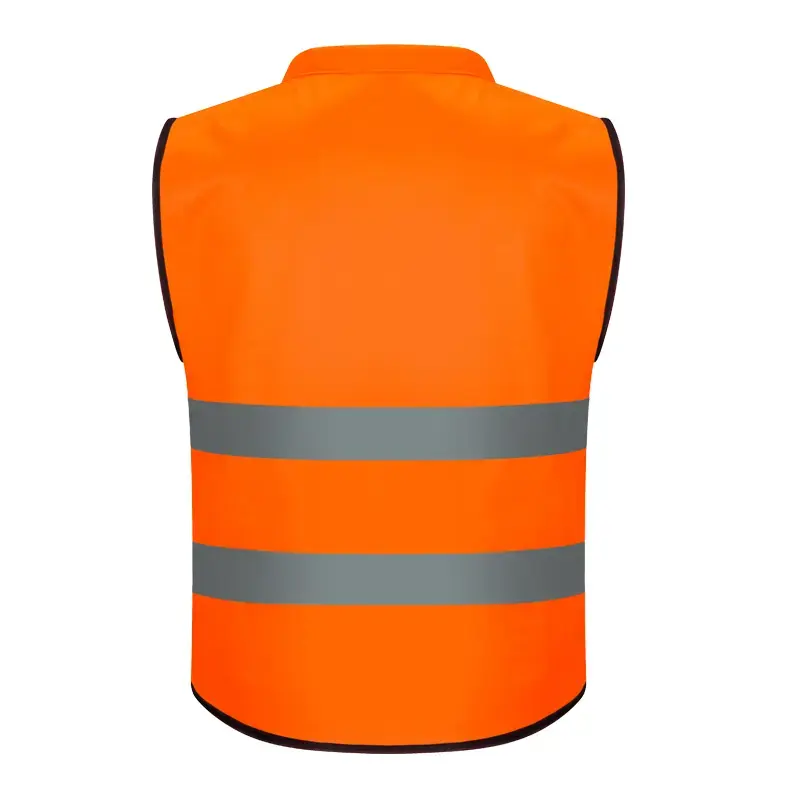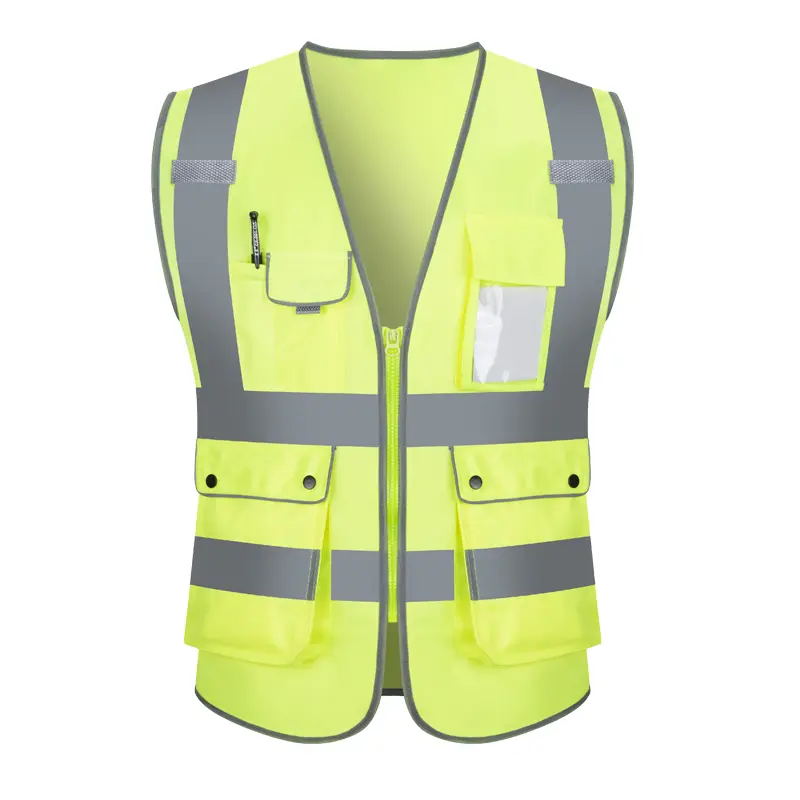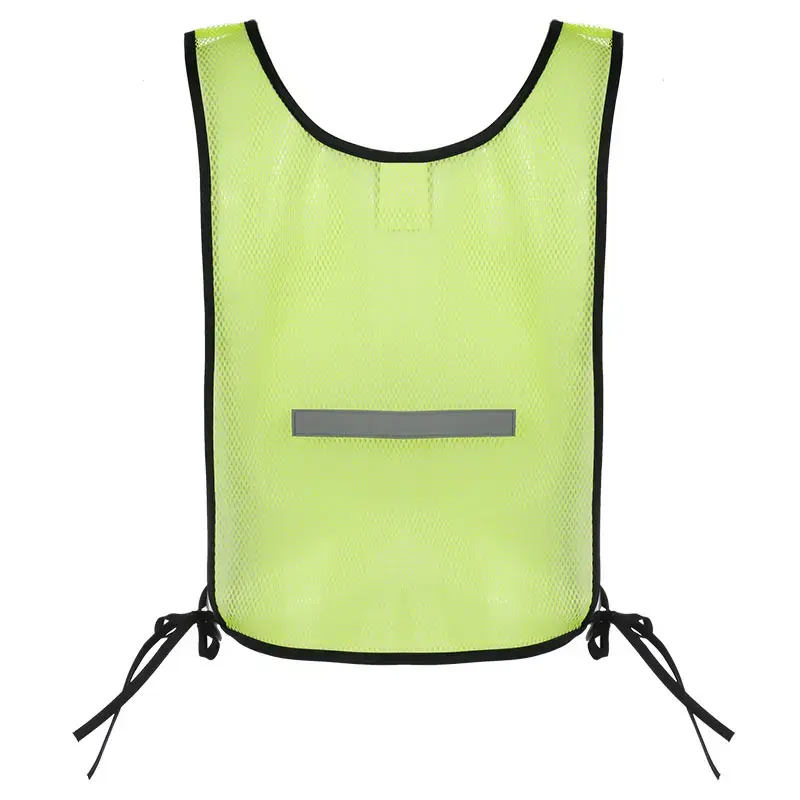How does thermal transfer ensure the durability of patterns on reflective T-shirts?
How does thermal transfer ensure the durability of patterns on reflective T-shirts?
Introduction
In the field of personalized clothing customization and fashion design, reflective T-shirts have been favored by many consumers for their unique visual effects and practicality. As a common decorative technology, thermal transfer plays a key role in the production of reflective T-shirts. However, for international wholesale buyers, they are not only concerned about the design and production effects of the pattern, but also the durability of the pattern on the reflective T-shirt. This article will explore in depth how the thermal transfer process ensures the durability of the pattern on the reflective T-shirt to help buyers better understand this process and provide a reference for selecting high-quality products.
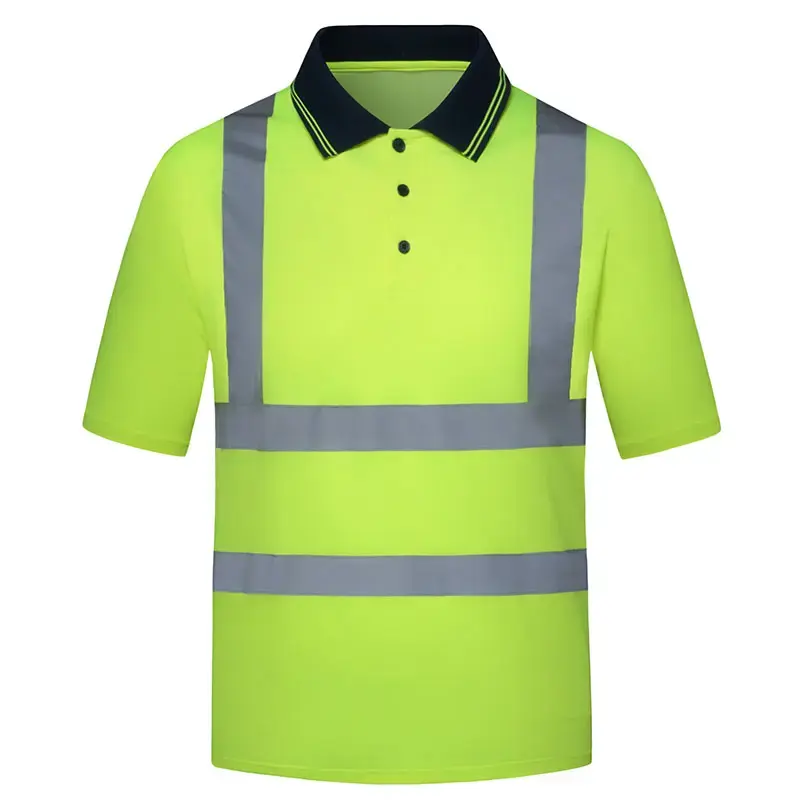
Introduction to thermal transfer process
The thermal transfer process is a technology that transfers patterns or texts from special transfer paper to the surface of the product through heat pressing. It uses the characteristics of thermal ink and thermal paper to closely combine the pattern with the fabric fiber under the action of high temperature and pressure, thereby realizing the transfer and fixation of the pattern. Compared with other printing processes, the thermal transfer process has the advantages of clear patterns, bright colors, rich layers, and strong adhesion, and is particularly suitable for small batches and diversified customization needs.
Factors affecting the durability of patterns
Material quality: High-quality thermal transfer materials are the basis for ensuring the durability of patterns. Including transfer paper, thermal transfer ink and reflective materials. High-quality transfer paper can better withstand high temperature and pressure to ensure that the pattern is completely transferred to the T-shirt; and the performance of thermal transfer ink directly affects the color fastness and adhesion of the pattern. In addition, the quality of reflective materials will also affect the durability of the pattern. Good reflective materials should have good wear resistance and corrosion resistance.
Printing process: The control of process parameters such as temperature, pressure and time during the thermal transfer process is crucial. Too high or too low temperature will lead to incomplete pattern transfer or color distortion; insufficient pressure will make the pattern and fabric not tightly combined and easy to fall off; too short or too long time will also affect the adhesion and quality of the pattern.
Washing and maintenance methods: In the process of daily wear and washing of reflective T-shirts, if the method is improper, it is easy to cause damage to the pattern. For example, using rough washing tools, strong scrubbing, using strong acid and alkaline detergents, etc., will cause wear and corrosion to the pattern.
The key link of thermal transfer process to ensure the durability of the pattern
Selection of transfer materials:
Transfer paper: You should choose high-quality transfer paper designed for reflective T-shirts. It has good thermal stability and dimensional stability, is not easy to deform or wrinkle at high temperature, and can ensure that the pattern is transferred to the T-shirt completely and clearly.
Thermal transfer ink: High-quality thermal transfer ink has a high solid content and good adhesion, which can form a strong bond between the reflective material and the fabric. At the same time, the color brightness and light resistance of the ink should also be good to ensure that the pattern can still maintain bright colors after long-term use and exposure to sunlight.
Reflective material: You need to choose a reflective material that is wear-resistant, corrosion-resistant, and has strong adhesion. At present, the common reflective materials on the market include reflective ink, reflective thermal transfer film, etc. When choosing, buyers should make comprehensive considerations based on the specific needs and usage scenarios of the product.
Control of printing process:
Temperature control: During the heat transfer process, the temperature generally needs to be controlled between 160°C and 200°C, and the specific temperature should be adjusted according to the transfer material and T-shirt fabric used. For example, for reflective T-shirts made of polyester fiber, a higher temperature may be required to ensure the firm transfer of the pattern; while for cotton T-shirts, the temperature needs to be appropriately lowered to avoid damaging the fabric.
Pressure control: Applying sufficient pressure is the key to ensure that the pattern is tightly bonded to the fabric. Generally, the pressure of the heat transfer machine should be adjusted according to the material and thickness of the T-shirt to ensure that the pattern can penetrate evenly into the fabric fibers during the transfer process. Generally speaking, the greater the pressure, the better the adhesion of the pattern, but excessive pressure should also be avoided to cause deformation or damage to the fabric.
Time control: The time of heat transfer is generally between 30 seconds and 1 minute, and the specific time should be determined according to the performance of the transfer material and equipment. Too short a time may result in incomplete transfer of the pattern, while too long a time may cause the pattern color to become dim or blurred.
Post-processing of the pattern:
Curing treatment: After the pattern transfer is completed, proper curing treatment can enhance the durability of the pattern. For example, infrared drying or hot air circulation drying can be used to fully cure the thermal transfer ink on the reflective T-shirt to improve its bonding strength with the fabric and color fastness.
Waterproof and anti-fouling treatment: In order to prevent the pattern from being eroded by water and stains during washing and use, waterproof and anti-fouling treatment can be performed on the surface of the pattern. Common treatment methods include applying a waterproof coating or using an anti-fouling finishing agent, which can effectively improve the pattern's anti-stain ability and water washability.
Daily washing and maintenance recommendations
Gentle washing: It is recommended to use a soft washing sponge or cotton cloth and use a gentle scrubbing method. Avoid using rough washing tools or strong scrubbing to reduce wear on the pattern.
Use neutral detergent: Choose neutral or mild detergents, and avoid using strong acid and alkaline detergents, as they may corrode the reflective materials and inks in the pattern, causing the pattern to fade or fall off.
Avoid long soaking: When washing reflective T-shirts, avoid soaking them in water for a long time to prevent the pattern from absorbing water, swelling or loosening, affecting the adhesion and appearance of the pattern.
Drying method: It is best to lay the reflective T-shirt flat or hang it to dry, and avoid exposure to the sun, because ultraviolet rays will fade and age the pattern. If you need to use drying equipment, you should choose a low-temperature drying mode and control the drying time.
How to choose a reliable supplier
Evaluate the technical strength of the supplier: Understand the supplier's technical R&D investment and technical level in thermal transfer technology, such as whether it has advanced thermal transfer equipment, professional technicians, and a complete quality control system. Suppliers with strong technical strength can better guarantee the quality and durability of thermal transfer patterns.
Check samples and cases: When choosing a supplier, ask for samples of thermal transfer reflective T-shirts and carefully check the quality of the pattern in terms of clarity, color vividness, adhesion, and reflective effect. At the same time, you can also check the supplier's previous successful cases and customer reviews to understand its performance and credibility in actual production.
Understand the quality assurance measures: clarify the supplier's product quality assurance measures and after-sales service policies. For example, whether to provide a quality assurance period, solutions to quality problems, and return and exchange policies. Choose suppliers who can provide perfect quality assurance and after-sales services so that problems can be solved in time when they occur, reducing procurement risks.
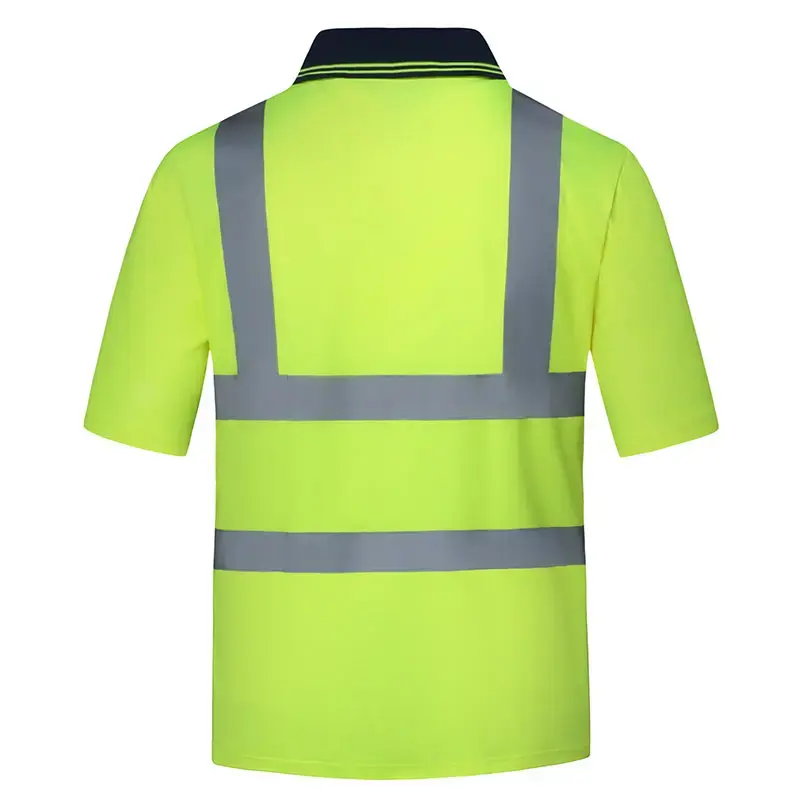
Conclusion
The thermal transfer process plays an important role in ensuring the durability of reflective T-shirt patterns. By selecting high-quality transfer materials, accurately controlling the printing process, and doing a good job of post-processing and daily maintenance of the pattern, the service life of the pattern can be effectively extended, ensuring that the reflective T-shirt can maintain a good appearance and reflective performance after multiple washings and long-term use. For international wholesale buyers, understanding these key factors and methods will help make wise decisions during the procurement process and choose reflective T-shirt products with reliable quality and durable patterns, thereby improving the market competitiveness and customer satisfaction of the products.

